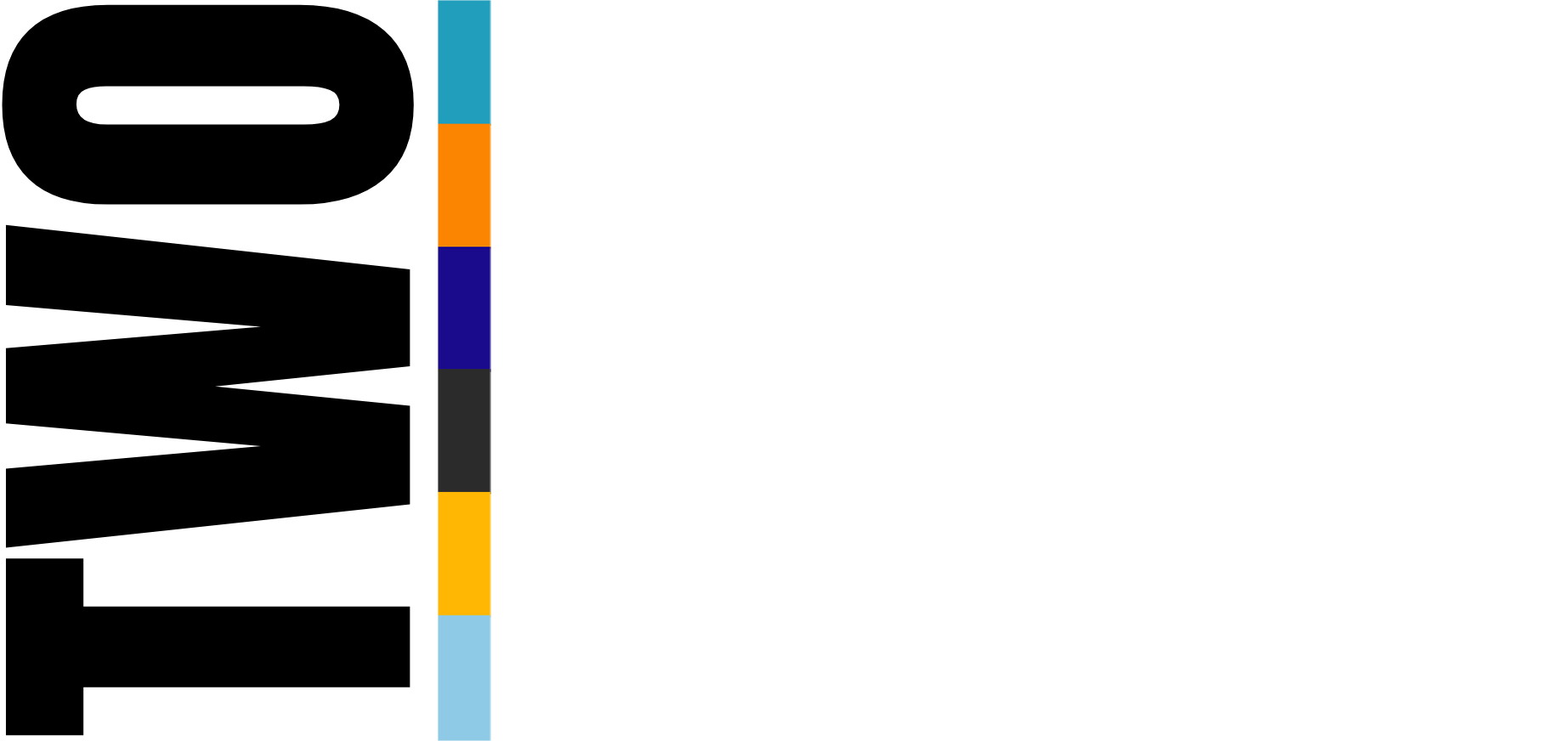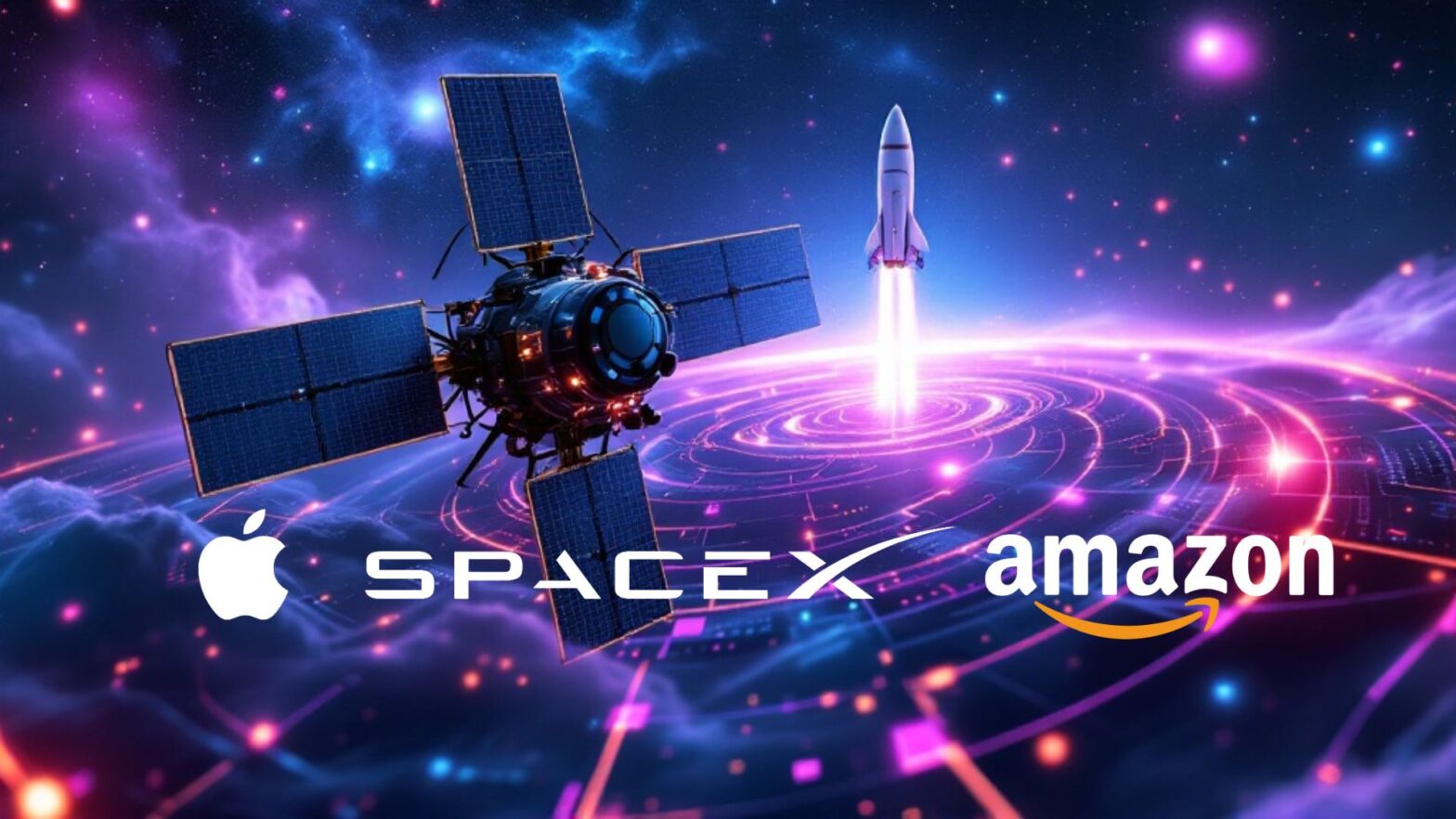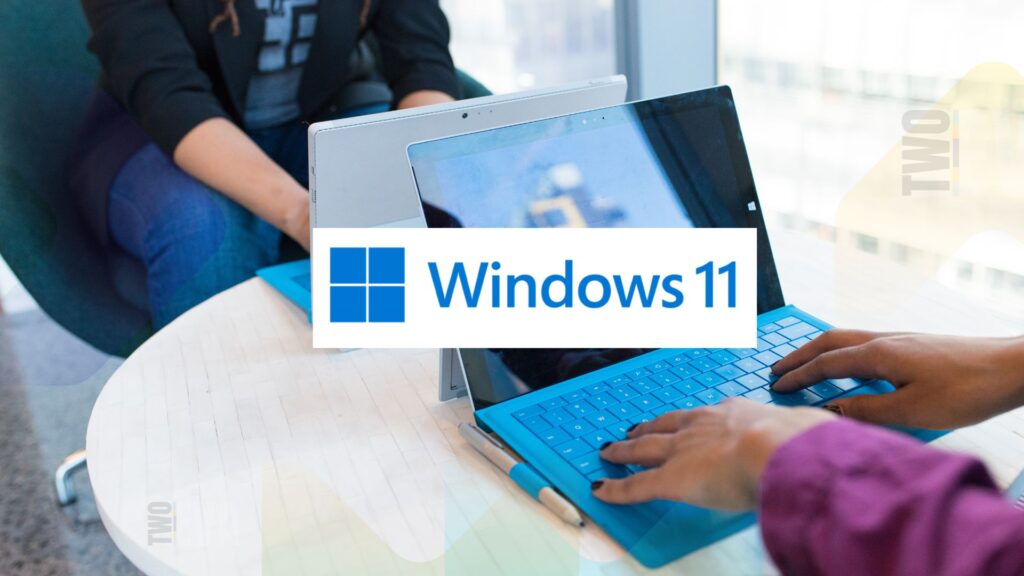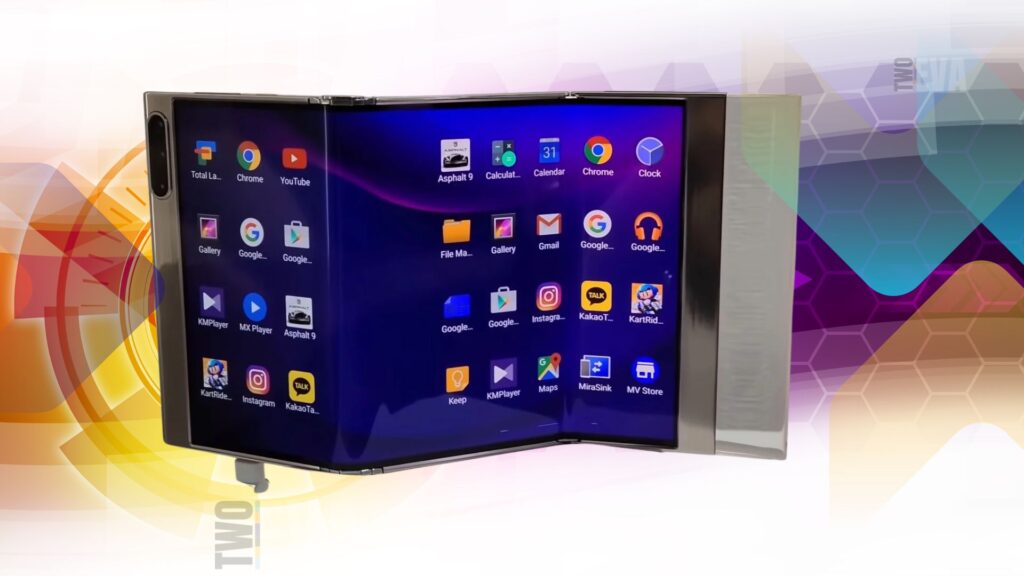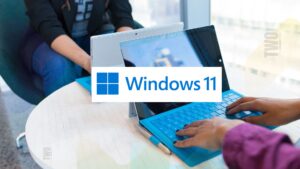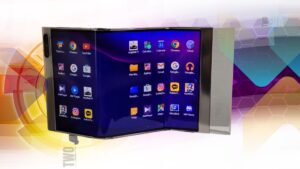The race for satellite connectivity has intensified as major tech companies invest billions in developing infrastructure and technology to enable direct satellite communication for smartphones. With 2025 marked as a pivotal year for this technology, companies are accelerating their efforts to gain market dominance.
SpaceX leads the charge through its Starlink service, building on its 2021 acquisition of Swarm, a satellite IoT provider. The company aims to enable standard smartphones to connect directly to its satellites without additional equipment by the end of 2025. Through its partnership with T-Mobile, announced in 2022, Starlink’s Gen 2 satellites will initially provide messaging services, with plans to expand to voice and data capabilities.
Following its initial $1 billion investment in satellite technology, Apple continues to enhance its satellite capabilities. The company has progressed from offering emergency SOS features to implementing plain text satellite communications in iMessage. Apple’s collaboration with SpaceX and T-Mobile for Starlink support integration demonstrates its commitment to comprehensive satellite communication services. Recent iOS 18.3 updates have further strengthened these capabilities.
Samsung is taking a distinctive approach by developing a universal 5G NTN (Non-Terrestrial Network) modem. This technology will enable direct satellite communication in future Galaxy devices, including the anticipated Galaxy S25 Ultra. The company’s investment in universal compatibility aims to avoid vendor lock-in and ensure broader interoperability within the satellite communications ecosystem.
Amazon’s Project Kuiper represents a significant investment in the satellite connectivity space. The company faces an FCC deadline to deploy at least half of its planned LEO satellite constellation within the next two years. Project Kuiper’s focus on optical inter-satellite links (OISL) aims to maintain stable connections across its network, positioning Amazon as a strong competitor in the market.
Several other companies are making notable strides in satellite connectivity:
- AST SpaceMobile: Developing a space network for cellular broadband compatible with unmodified smartphones
- Skylo: Leveraging existing satellites through software solutions for direct-to-device connectivity
- Telesat: Contributing to the expanding satellite communication infrastructure
The investment landscape reflects the industry’s growth, with Space Capital reporting $26 billion invested in space companies in 2024, marking a 30% year-over-year increase. This trend is expected to continue through 2025, driven by increased regulatory support and streamlined regulations.
The competition has sparked a wave of innovation and strategic partnerships across the industry. As these companies race to establish their presence in the satellite connectivity market, the beneficiaries will ultimately be consumers, particularly those in regions with limited traditional cellular infrastructure.
The space economy’s competitive landscape is further evolving with the divestitures of space businesses by traditional aerospace companies like Boeing and Airbus, creating new opportunities for technological advancement and market expansion in satellite connectivity.
